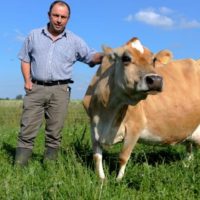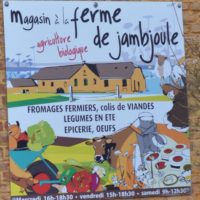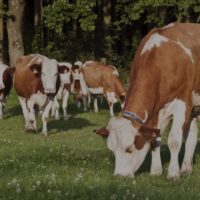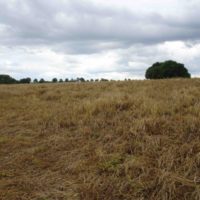Combining grazing with high milk production 2
Practice abstract
Description
Decision support tools contribute to effectively convert fresh grass into milk in grazing systems. For management support in rotational grazing systems, feed wedges can be beneficial. The well-known Irish and New Zealand feed wedges are suitable for full grazing systems. They have been adapted to Dutch conditions where they can be used in production systems with high milk production and supplementary feeding. In the Netherlands, there is an alternating use of grassland for grazing and cutting for silage. The Dutch feed wedge therefore contains a so-called cutting window. Unlike existing feed wedges, the Dutch feed wedge varies the size of the grazing platform, i.e. the size of the area that can be grazed. Furthermore, target yield and target residual (what is left after grazing) are fixed. In this way, paddocks can be assigned to grazing or for silage, and levels of supplementation can be adjusted. Paddocks planned to be used for silage are moved from the feed wedge to the cutting window where information is provided to determine the best time for cutting. The expected daily grass growth can be adjusted by the user. Extensive information on the Dutch feed wedge can be found at https://www.groenkennisnet.nl/nl/groenkennisnet/show/Beweiding.htm (in Dutch).
Abstract also available in:
Dutch | French | German | Italian | Polish | Swedish
Additional information
| Farming system | conventional farming, organic farming |
|---|---|
| Main types of animal | dairy cattle |
| Country | |
| Product type | Practice abstract |
| Language | |
| Main domain of innovation |




